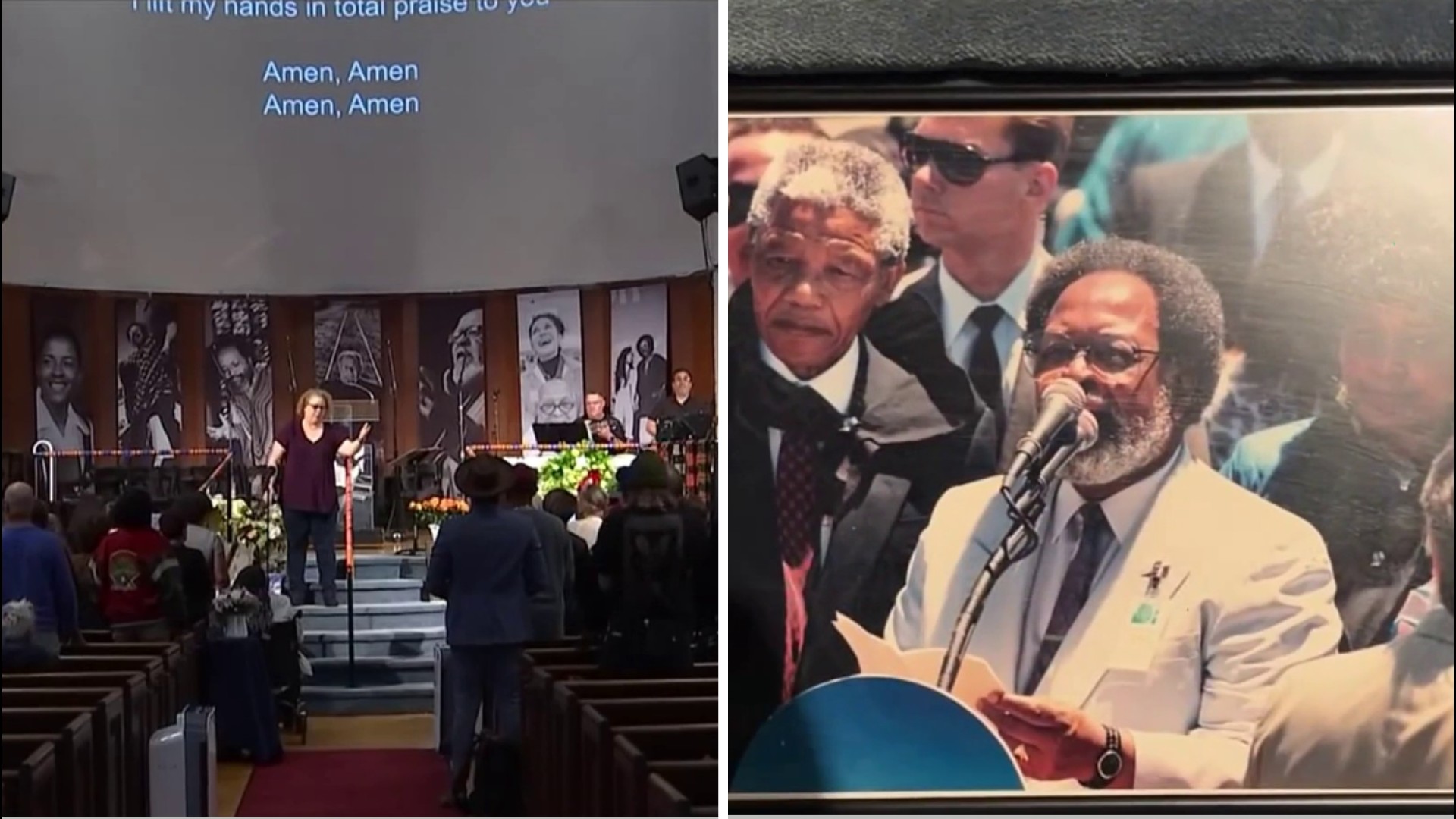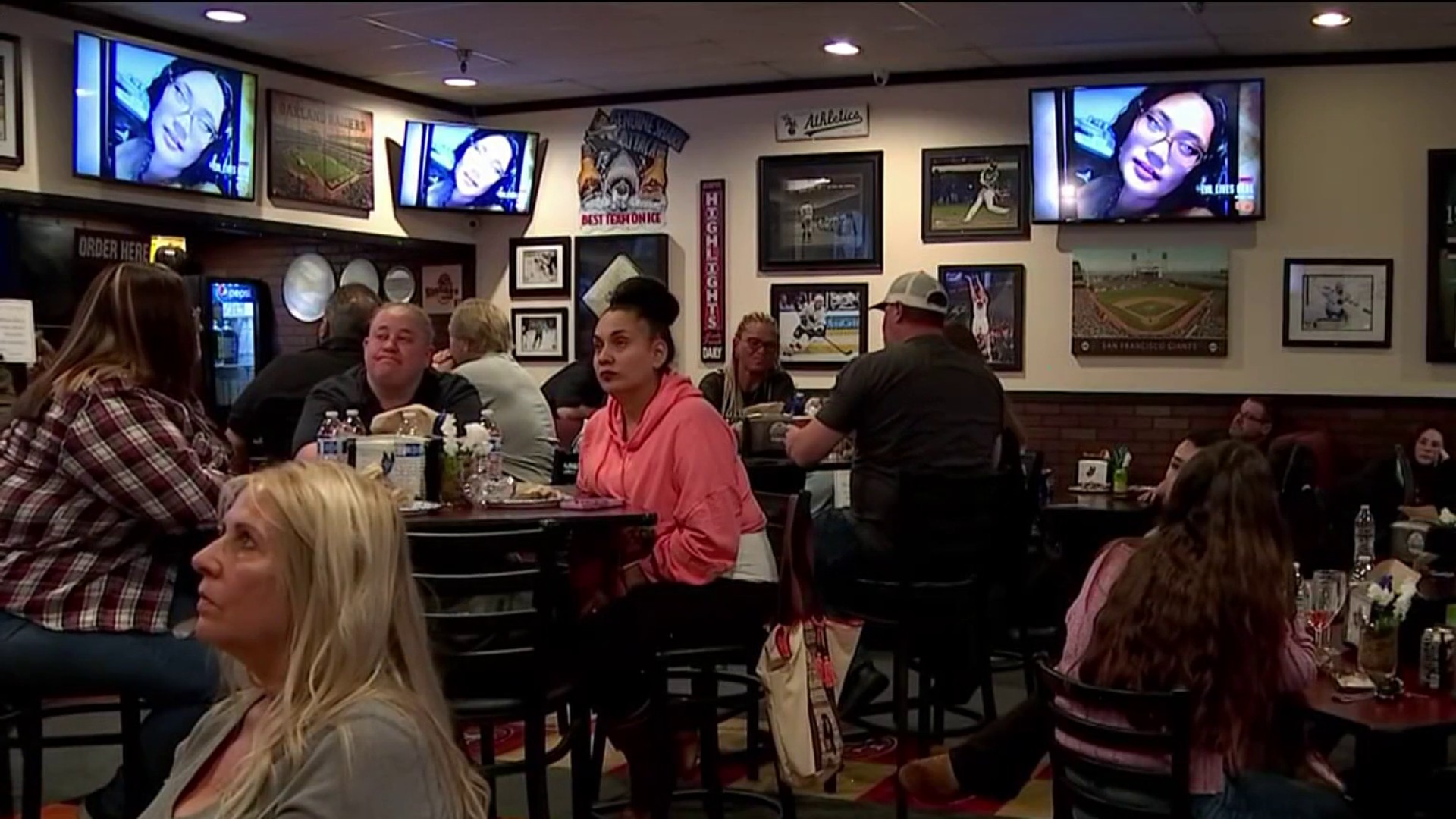It doesn’t take much to keep a classroom safe in the event of an earthquake.
School architect Mark Quattrocchi points to a wall-mounted cabinet and says, “There are bolts - two in the bottom of each cabinet and then you can see them here, two in the top of each one. And these are attached directly into framing in the wall or blocking. This is precisely what we want to see.”
What Mark Quattrocchi doesn’t want to see is what he found inside Napa schools after a 6.0 earthquake struck in the middle of the night in August 2014: Book shelves blocked exits. A file cabinet toppled onto a desk. A drill press fell to the floor.
“And then also things that you really wouldn’t expect - light fixtures,” Quattrocchi says. “A number of schools they had light fixtures fail, and some fall.”
NBC Bay Area first showed you the chaos inside Napa classrooms in September 2014. Structural engineer Maryann Phipps saw our story.
“Had it been another time of day it would have been a completely different story,” she told us last year. “And we would have been mourning the loss of students.”
A report Phipps co-wrote for FEMA doesn’t mince words, noting “At least three public schools experienced potentially life threatening damage to classroom furnishings.”
Local
Prompted by the destruction in Napa, NBC Bay Area reviewed more than five decades of seismic damage inside schools across California. We found a pattern of failures: Equipment on the floor in a shop class. More blocked exits. More fallen lights. In fact, lights fell in a Calexico earthquake in 2010, Northridge in 1994, Coalinga in 1983 and even Kern County back in 1952. Each time, the earthquakes struck outside school hours when classrooms were empty. Just like in Napa.
“We just should thank our lucky stars that it was during the middle of the night,” says Assemblymember Bill Dodd.
Dodd represents the 4th Assembly District, including parts of Napa. He is proposing new seismic legislation in Sacramento, prompted by our reporting.
“That frankly was the impetus for our bill idea because we were, you know, I don't think the word is outraged, but we were very concerned,” he says.
Dodd’s bill, Assembly Bill 1783, would for the first time require school districts to inspect the contents of classrooms and school equipment, and fix seismic hazards.
“Once this inspection is done then they will be required to report it,” Dodd says. “The law will make sure that they're done in compliance with the laws. And now no longer guidelines, but requirements.”
Every school in the state would be required to comply, and district superintendents would be charged with certifying school contents are safe.
Darren Drake is the fire marshal in Napa and one of the first people we talked to after the Napa quake. He backs the legislation. “Obviously it comes with a price tag,” he says. “School districts all have to look at that and base the degree of corrections on their capability, and triaging those schools that need most work, or are in dire need, sooner than later.”
More than a year after the earth rumbled in Napa, dangers persist in other districts around the state. Just last week we found an unsecured television sitting on an upper shelf in a classroom in the South Bay.
“Who in the world wouldn't support this? You know, who wouldn't see this is as a good thing,” asks school architect Quattrocchi. “There’s a great probability of saving injury or worse yet death in a school the next time a major earthquake comes. Who wouldn’t support that?”
As Sacramento begins to debate the proposed legislation, one thing’s for sure. Another earthquake will happen. It’s only a matter of time.



